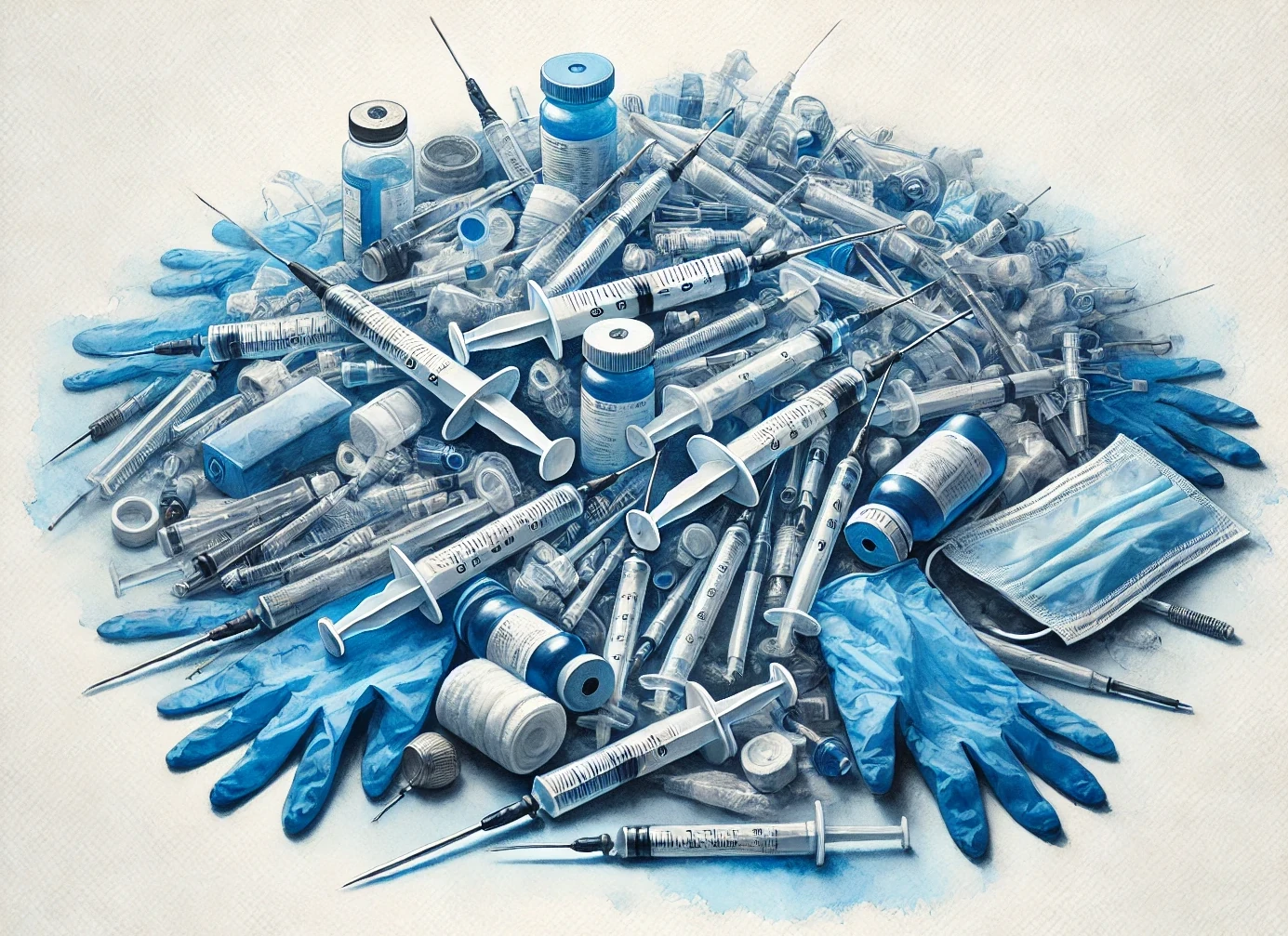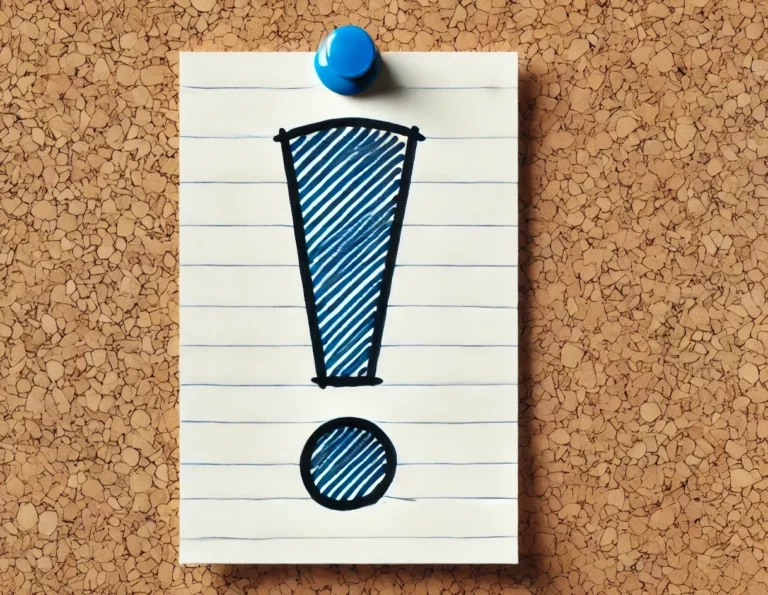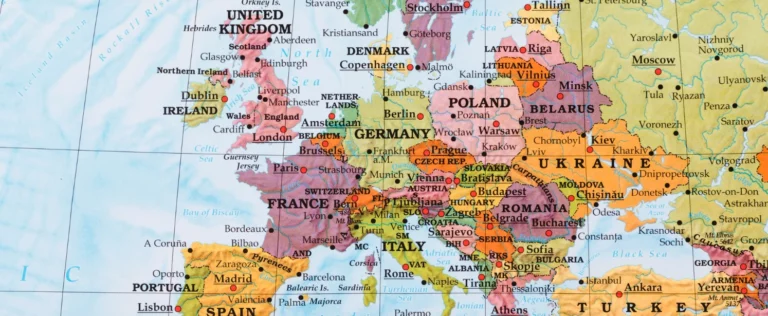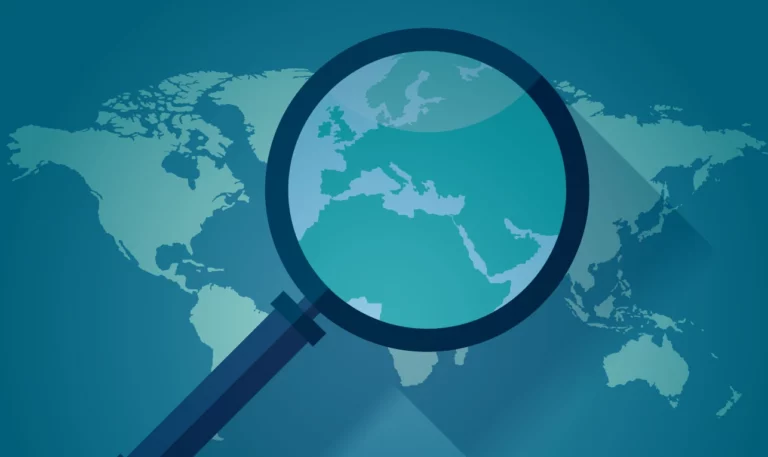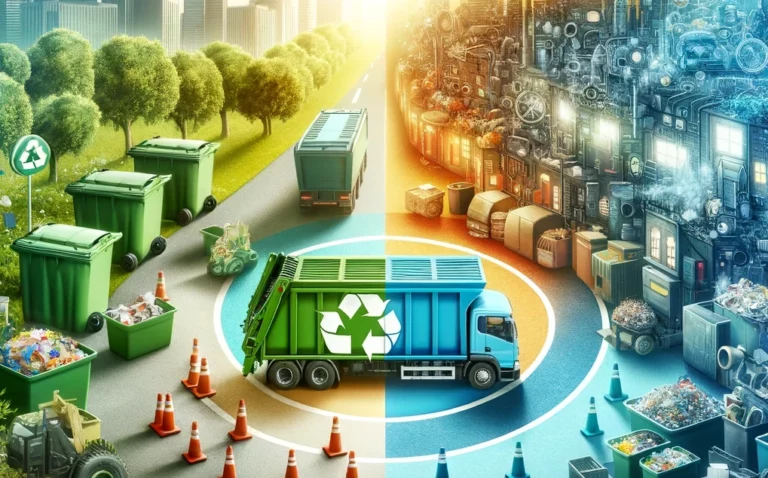How medical waste is managed – a comprehensive guide
Medical waste represents one of the most sensitive and tightly regulated waste streams in Europe. With growing healthcare needs and heightened awareness around infection prevention, safe disposal of medical waste is no longer just a logistical requirement—it’s a legal, environmental, and public health imperative. Across the European Union, healthcare facilities generate over 2.5 million tonnes of medical waste each year, a figure expected to rise in line with aging populations and expanding medical services. This article explores how European nations are responding to this challenge with advanced laws, technologies, and best practices.
Do you need help with waste management? Contact us:
What is medical waste? Understanding the basics
Medical waste refers to any waste material generated during healthcare activities—including diagnosis, treatment, immunization, or research—that may pose a risk to human health or the environment.
It can include:
- Sharps (e.g., needles, scalpels)
- Infectious materials (e.g., used dressings, lab cultures)
- Pharmaceutical waste (expired or unused drugs)
- Chemical and cytotoxic waste (from chemotherapy or disinfection processes)
But medical waste is not just a hospital problem. It’s also produced by:
- Clinics and laboratories
- Dental and veterinary practices
- Care homes and even home care providers
Why it matters: Improper disposal of medical waste can lead to infection risks, environmental pollution, and legal penalties. That’s why clear classification and safe handling are essential.
Legal framework for medical waste disposal in Europe
EU-Level regulations and their importance
At the heart of medical waste management in Europe lies the Waste Framework Directive (Directive 2008/98/EC). It establishes the waste hierarchy (prevention, reuse, recycling, disposal) and mandates that medical waste be managed without harming human health or the environment.
The Directive on industrial emissions (integrated pollution prevention and control) (Directive 2010/75/EU) complements the framework by emphasizing strict protocols for hazardous waste treatment, particularly incineration.
Moreover, the Basel Convention—though global in scope—binds EU countries to control transboundary movements of hazardous waste, including medical waste. Together, these laws ensure:
- Uniform protection standards
- Traceability of hazardous waste
- Strict penalties for non-compliance
National laws derived from EU directives
Although EU directives provide the foundation, individual Member States craft their own laws to reflect local healthcare realities. Examples include:
- Germany: The “Kreislaufwirtschaftsgesetz” (Circular Economy Act) mandates safe collection and incineration of hazardous medical waste, often performed by regional licensed operators.
- France: Governed under “Code de la Santé Publique” and “Arrêté of 7 September 1999”, which enforces medical waste segregation at source and incineration for high-risk waste.
- Italy: Operates under Codice dell’Ambiente 152/2006, aligning with EU laws but emphasizing waste tracking systems and integrated treatment centers. Specific law governing medical waste menagement is D.P.R. 254/2003.
- Spain: Autonomous regions oversee waste management, but all must comply with national law (Law 22/2011) and ensure healthcare waste is stored and treated per EU regulations.
This decentralization allows flexibility but may also lead to discrepancies in enforcement or innovation.
Top medical waste treatment methods – from most to least common
Incineration (Most Used)
High-temperature incineration is the most common and effective method for treating hazardous medical waste. It guarantees complete destruction of pathogens, sharps, pharmaceuticals, and even some chemicals. Incinerators are equipped with emission control systems to meet stringent EU air quality standards.
Advantages:
- Total sterilization
- Reduced waste volume (by up to 90%)
- Compliance with EU clean-air directives
Autoclaving (steam sterilization)
Used for infectious but non-chemical waste, autoclaves apply high-pressure steam to sterilize items like dressings, gloves, and lab materials. It’s increasingly favored for its lower emissions and costs.
Advantages:
- Environmentally friendly
- Lower operational costs than incineration
- Ideal for non-pharmaceutical waste
Chemical treatment
This method uses disinfectants to neutralize pathogens. It’s useful for liquid medical waste, like blood or lab cultures, but requires specialized handling.
Advantages:
- Useful for small waste volumes
- Portable units available for on-site use
Microwave or advanced thermal treatment
This emerging technology uses electromagnetic radiation to treat waste, combining heat and pressure.
Advantages:
- Energy-efficient
- Lower emissions
- Suitable for dense urban areas with limited space
What’s holding back medical waste management in Europe?
The medical waste sector faces complex and evolving challenges that demand regulatory vigilance and innovation.
One major issue is cost inflation. Disposal of one tonne of hazardous medical waste can cost €500–1,000, a figure compounded by post-pandemic waste volumes and inflation in energy prices. These expenses stretch healthcare budgets and increase pressure on waste contractors.
Another problem is infrastructure disparity. Not all EU regions have equal access to compliant treatment plants, especially in Eastern or rural zones. This results in longer transport routes, higher emissions, and occasional regulatory bottlenecks.
Improper segregation also remains a challenge. Misclassified waste inflates hazardous waste volumes and raises both environmental and financial costs. Hospitals and labs that lack proper staff training often mix infectious and general waste, complicating downstream treatment.
Lastly, inconsistent implementation of EU law across Member States causes disparities in enforcement and compliance. A uniform framework exists, but interpretation and investment levels vary widely.
What’s being done? EU initiatives like the Circular Economy Action Plan push for better segregation, digital tracking, and investment in sustainable technologies. Regional collaboration and knowledge-sharing among Member States are also gaining traction.
How to manage medical waste the right way: 7 proven practices
Implementing these strategies not only ensures legal compliance, but significantly reduces operational risks:
- Comprehensive staff training – Essential to ensure correct waste segregation at the source. Better-trained staff reduce misclassification and contamination.
- Internal waste audits – Regular reviews help track inefficiencies, prevent errors, and avoid regulatory violations.
- Segregation at source – Using color-coded bins and clear labeling helps prevent mixing of hazardous and general waste.
- Invest in smart tracking – GPS and RFID-enabled bins or transport systems offer real-time tracking, boosting accountability.
- Partner with certified operators – Always verify permits, insurance, and references of waste handlers and recyclers.
- Adopt digital recordkeeping – Moving beyond paper logs improves traceability and speeds up audits or inspections.
- Centralized waste rooms – Reduce on-site handling and exposure by consolidating waste in a secure, monitored area.
These practices create safer, cleaner healthcare environments while satisfying stringent EU compliance standards.
Need help with medical waste? Here’s how Waste Transport Solutions delivers
As part of Ekologistyka24 Group, Waste Transport Solutions brings over a decade of cross-border expertise in regulated waste logistics. We specialize in:
- Legal compliance audits – We assess your processes to ensure full conformity with European regulations.
- Comprehensive transport solutions – From small clinics to multinational labs, we handle every aspect of medical waste collection and licensed transport.
- Reputable treatment partners – We connect you with certified incinerators, autoclaving centers, and innovative treatment facilities across the EU.
- Complete documentation support – Our team handles consignment notes, permits, and other required paperwork to streamline your operation.
We help healthcare providers across Europe keep patients safe, regulators satisfied, and operations efficient.

